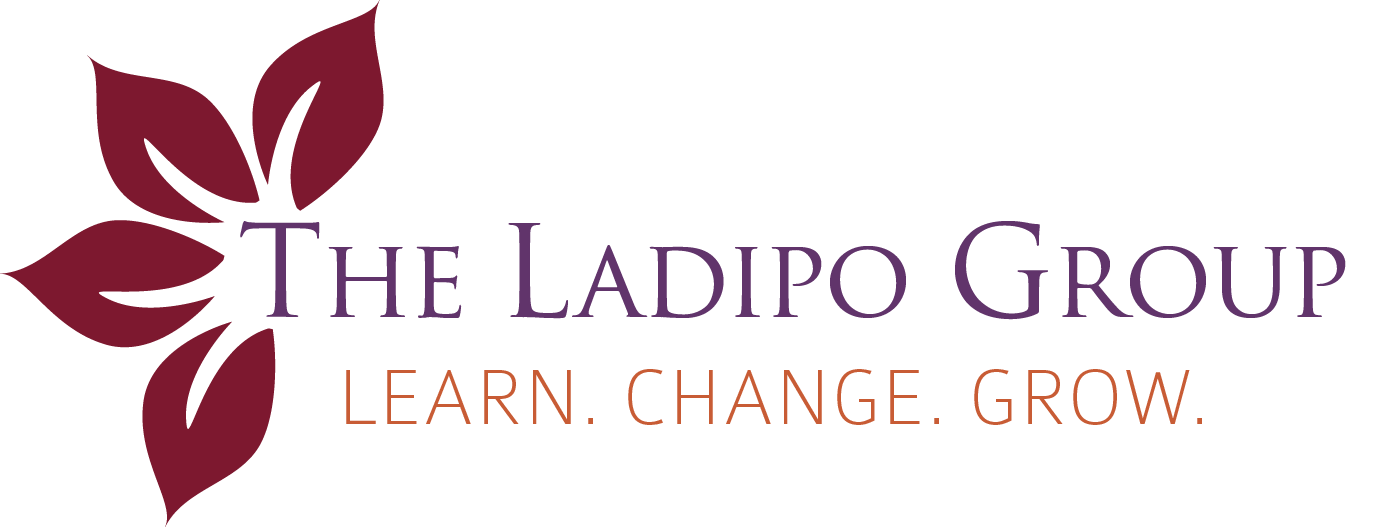| Brittany Henderson has been dancing since she was three years old.
“Movement and dance have always been a way that I feel connected to my body,” says Henderson. “When I was depressed, when I was anxious, when I was going through a breakup, or whatever I was going through, I was able to go to dance to express myself, “ the Dance and Movement Therapist explains. As someone who has always wanted to help people, she assumed she would become a doctor. But when she got into the medical field, she says “I realized that there were a lot of gaps in us being able to recognize someone’s mental health and how that also impacts their physical health.” On March 22nd, Henderson is facilitating Moving the Grieving Body, a virtual workshop where attendees will learn how grief is held within our bodies and the healing properties of movement. We spoke to Brittany about her upcoming workshop, the benefits of movement therapy, and how the BIPOC community, specifically, experiences grief. What was the motivation for creating a workshop about grief? Brittany Henderson: Moving the Grieving Body came to me recognizing that grief is something that is happening a lot in our communities, especially when it comes to Black and Brown communities. We don’t always have the space to talk about grief and loss. As a movement therapist, I really believe that grief has an impact on the body. So, I wanted to create a workshop that really encompasses all of that. Who would benefit from taking this workshop? BH: Those who are working actively through grief and those who are also not processing grief right now. Grief is not just us losing people, but also a loss of a relationship, a loss of identity, maybe you are in a period of transition, or maybe you have a disability, or something that you’re working through that has given you a sense of grief. It’s a space that is safe and accessible for talking about grief because grief is not always the easiest to talk about. Can you talk about how the BIPOC community might experience grief differently? BH: As BIPOC individuals, we’re not only seeing grief individually, but we’re also seeing it as a collective. So, when we see, for instance, a police officer killing an unarmed Black man or an unarmed Black person, it hits a little bit differently for us. Maybe we did not know that person, but we have this collective grief. What is movement therapy? BH: Movement therapy is a big word for using movement as a modality to connect us to our mind, body, and spirit. As a movement therapist, I’m not just talking to you. It’s not just verbal therapy, but I also look at, what your body is processing. How can we connect you to your body? Sometimes our body is experiencing one thing, and our mind is feeling something different. So movement therapy is a way that people can find meaning in what’s happening in their bodies. Our body is a channel of memories. It is a channel of trauma, things that have happened to us. I could talk about my depression, but how does depression look? What are the benefits of movement therapy? BH: It helps with cognition. It helps with the physicality of our movements. It also helps us to be able to emotionally connect with others and to connect with ourselves. For instance, I’ve seen how movement therapy can help someone who’s depressed and is slouching over. They don’t know what that means for them in their breath. It’s hard to breathe because they’re slouched over. Movement therapy is a way that we can help them get to a better posture. One of the things that we use in movement therapy, is called mirroring. Mirroring is something that happens where a person will give a movement and then I will reflect that movement back to my client and vice versa. This helps the client not only connect with me but also form empathy within our connection. By someone being able to see their movements on me, they can say, ‘Oh, okay, this is how I move.’ And we’re fostering communication that is outside of us talking. How did you get into movement therapy? BH: As a dancer growing up, I thought I wanted to be a doctor. I wanted to help people and guide people. As I got more into the medical field, I realized that there were a lot of gaps in us being able to recognize someone’s mental health and how that also impacts their physical health. So, I started doing my research in undergrad and learned that movement therapy was a career choice that I could pursue. And then I got into a program that really taught me about the holistic approach to movement. That movement is not just a performative movement. It’s not just for us to entertain, but it’s also something that is therapeutic and holistic. BH: Grief is not always something that we feel comfortable discussing. In my opinion, it could be the elephant in the room, even though grief is constantly and perpetually happening. I want people to normalize grief, that it doesn’t have to be this difficult thing, and it doesn’t have to be sad. There are many opportunities for us to connect in a different way and not be consumed by grief, but to be able to visualize our grief from a movement perspective. So, allowing someone to have an embodied experience and really think about, ‘How does grief work? Where is it? Where is it held in my body?’ This helps people become more comfortable talking about grief. And as someone who has dealt with grief most of my life, I needed a space like this to really talk about grief and process it and not just talk about it, but recognize ways in which it’s impacting my body. _____ If you’re dealing with a loss (relationship, friendship, job, death, or more) in your life, join our dance and movement therapist Brittany Henderson for our virtual workshop “Moving the Grieving Body” on March 22nd, 7-8 PM EST. Movement therapy isn’t just for people who are able-bodied or have a background in dance. This form of therapy is a way for you to connect to your body through self-expression at whatever level you’re comfortable with. |
What I Got Wrong as A New Manager
I still remember my first management role. I had just been promoted after doing a great job as an individual











